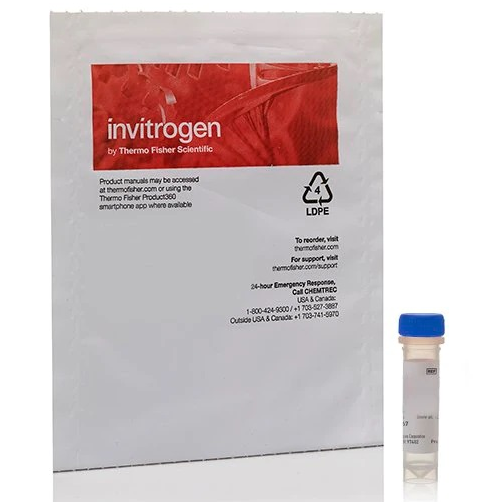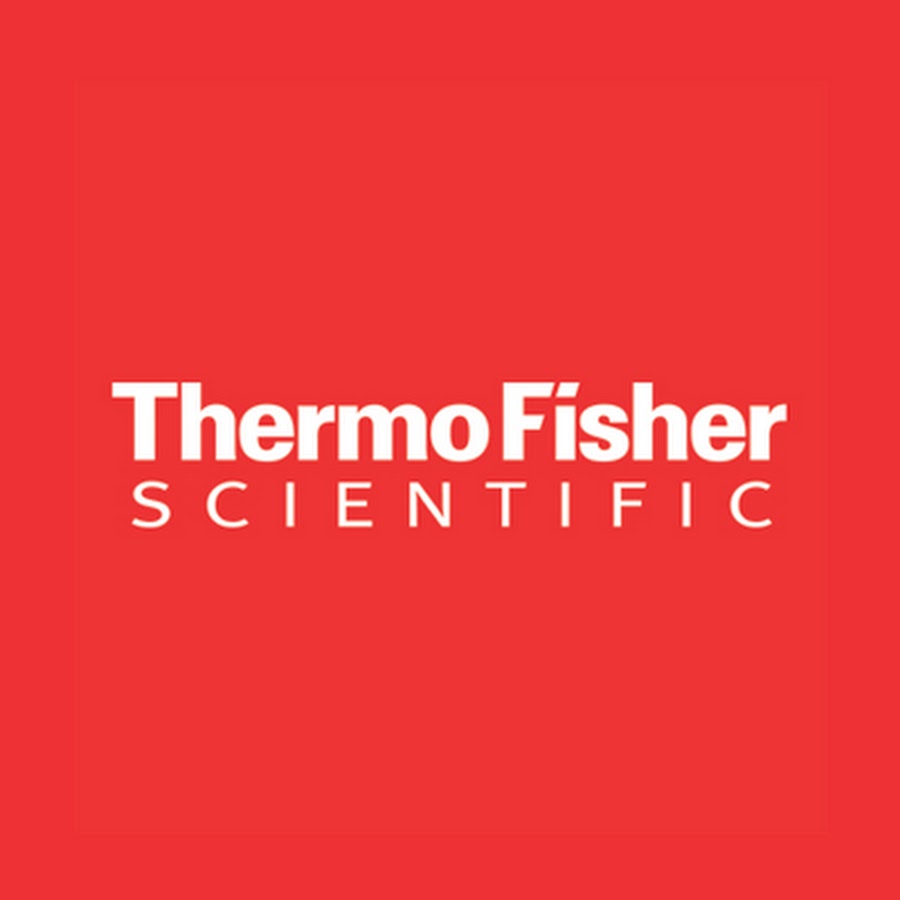Invitrogen CD16 Monoclonal Antibody (eBioCB16 (CB16)), Super Bright™ 600, 100 Tests, eBioscience™
On demandInvitrogen CD16 Monoclonal Antibody (eBioCB16 (CB16)), Super Bright™ 600, 100 Tests, eBioscience™
The eBioCB16 monoclonal antibody recognizes CD16 (Fc gammaRIII), the low-affinity receptor for IgG with an apparent molecular weight of 50-80 kDa. CD16 is represented by two similar genes, CD16A (Fc gammaRIIIA), which exists as a hetero-oligomeric polypeptide-anchored form in macrophages and NK cells and CD16B (Fc gammaRIIIB), which exist as a monomeric GPI-anchored form in neutrophils. Furthermore, there are two known polymorphisms of CD16B, NA-1 and NA-2. Individuals homozygous for NA-2 show a lower phagocytic capacity compared with NA-1. CD16 binds IgG in the form of immune complexes and shows preferential binding of IgG1 and IgG3 isotypes and minimal binding of IgG2 and IgG4. Upon IgG binding, both CD16 isoforms initiate signal transduction cascades that lead to a variety of responses including antibody-dependent cell-mediated cytotoxicity (ADCC), phagocytosis, degranulation and proliferation.
Super Bright 600 is a tandem dye that can be excited with the violet
laser line (405 nm) and emits at 600 nm. We recommend using a 610/20
bandpass filter. Please make sure that your instrument is capable of
detecting this fluorochrome.
When
using two or more Super Bright dye-conjugated antibodies in a staining
panel, it is recommended to use Super Bright Complete Staining Buffer to minimize any non-specific polymer interactions.
Please refer to the datasheet for Super Bright Staining Buffer for more
information.
Light sensitivity: This tandem dye is sensitive to photo-induced oxidation. Protect this vial and stained samples from light.
Fixation:
Samples can be stored in IC Fixation Buffer (100 µL of
cell sample + 100 µL of IC Fixation Buffer) or 1-step Fix/Lyse Solution for up to 3 days in the dark at 2-8°C with minimal impact
on brightness and FRET efficiency/compensation. Some generalizations
regarding fluorochrome performance after fixation can be made, but clone
specific performance should be determined empirically.
There are no specifications
There are no report
You May Also Like
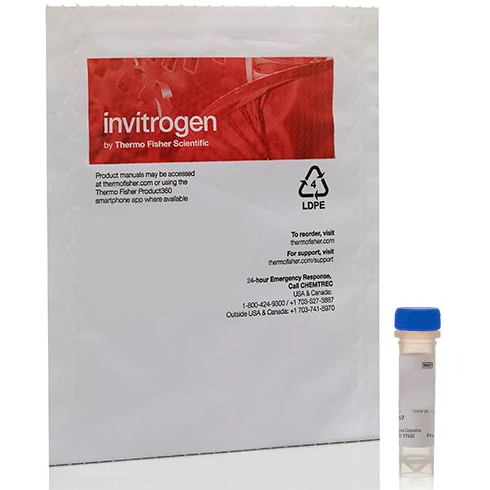
Invitrogen HLA-DR Monoclonal Antibody (LN3), APC, 25 Tests, eBioscience™
$ On demand
On demand
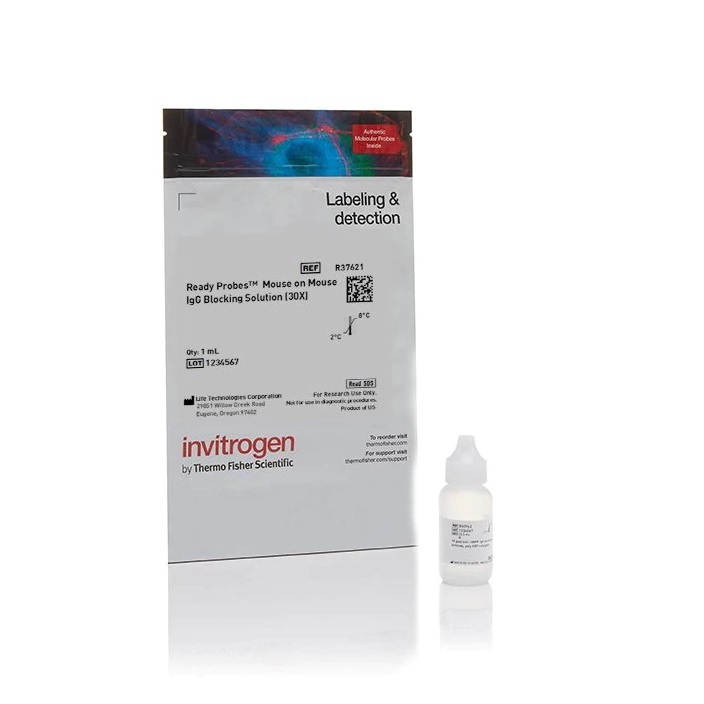
Invitrogen™ ReadyProbes™ Mouse-on-Mouse IgG Blocking Solution (30X)
$ On demand
On demand
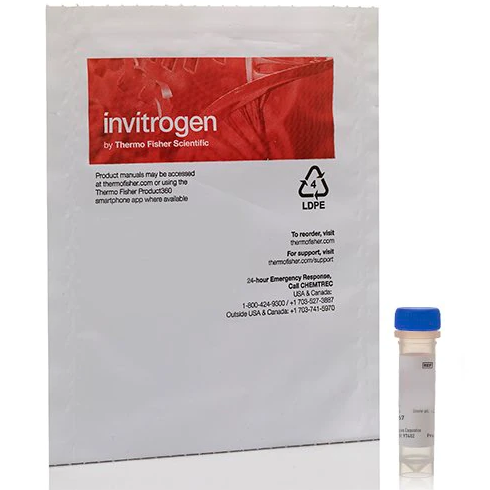
Invitrogen Fc Receptor Binding Inhibitor Polyclonal Antibody, 25 Tests, eBioscience™
$ On demand
On demand
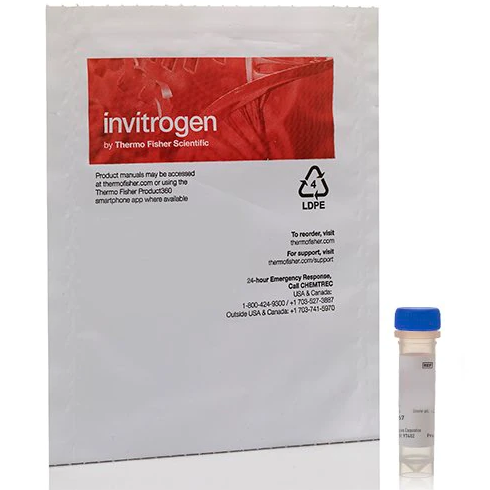
Invitrogen 1 mg CD45R (B220) Monoclonal Antibody (RA3-6B2), FITC, eBioscience™
$ On demand
On demand
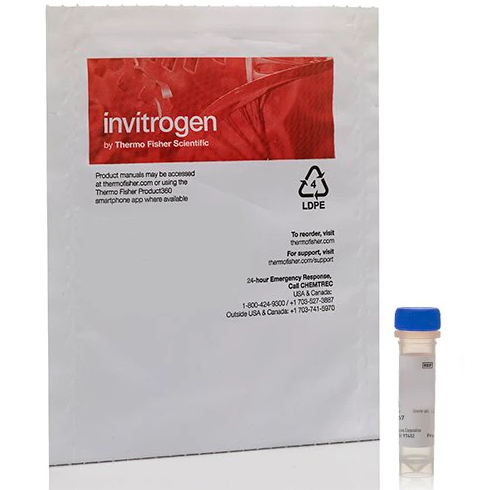
Invitrogen CD40 Monoclonal Antibody (1C10), Functional Grade, 25 mg, eBioscience™
$ On demand
On demand
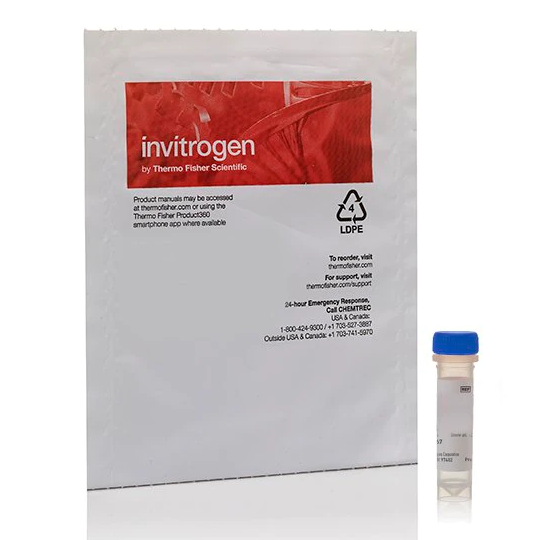
Invitrogen CD45 Monoclonal Antibody (30-F11), APC, 100 µg, eBioscience™
$ On demand
On demand
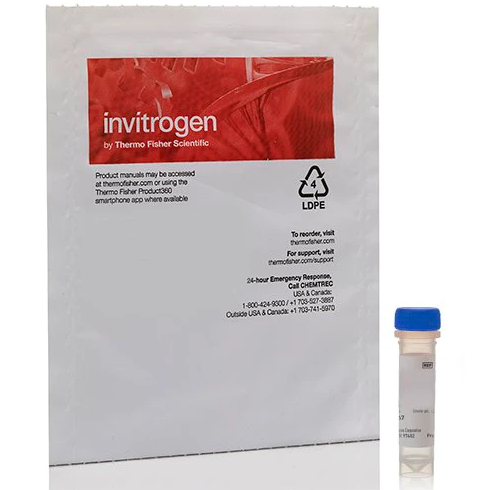
Invitrogen CD127 Monoclonal Antibody (eBioRDR5), Unconjugated, 100 µg, eBioscience™
$ On demand
On demand
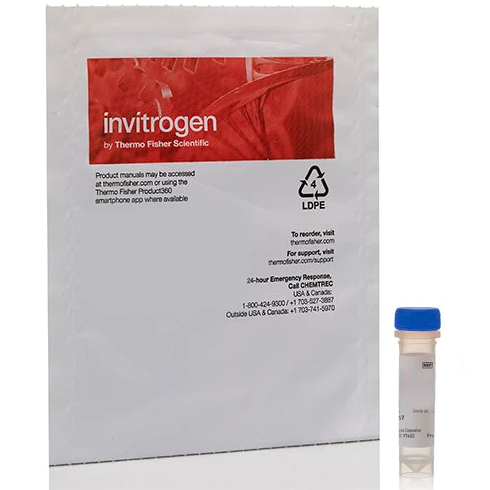
Invitrogen Mouse IgG1 kappa Isotype Control (P3.6.2.8.1), Super Bright 645, 100 µg, eBioscience™
$ On demand


